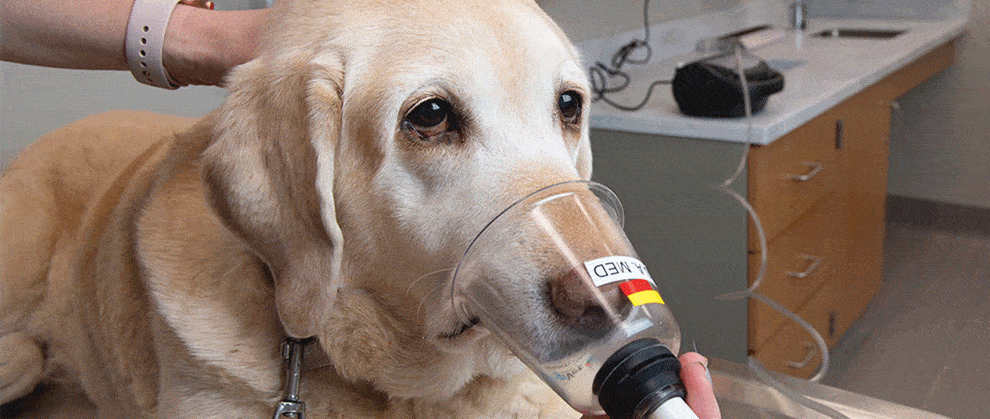
INTRODUCTION
As dog owners, we strive to provide our furry companions with a healthy and happy life. However, just like humans, dogs can be susceptible to various diseases. Understanding common dog diseases, their symptoms, and implementing preventive measures can help safeguard your pet’s well-being. In this article, we will explore several prevalent dog diseases, accompanied by photos to enhance your understanding. Let’s dive in!
Keywords: common dog diseases, dog health, dog diseases symptoms, dog diseases treatment, preventive measures for dogs
1. Parvovirus (Parvo):Parvovirus is a highly contagious and potentially fatal disease that affects dogs, particularly puppies. Symptoms include severe vomiting, diarrhea (often bloody), lethargy, and loss of appetite. Immediate veterinary attention is crucial. Treatment involves supportive care, including fluid therapy and medications to control symptoms. Preventive measures include vaccinating puppies and maintaining good hygiene.
We see many Parvo cases at St Nicholas University and St Nicholas Animal Rescue. Early detection can save puppies’ lives. Thankfully, there are tests available. When visiting your vet Doctor you will know early on if it is Parvo, and how to try saving your pet.
2. Canine Distemper:
Canine distemper is a viral disease that affects a dog’s respiratory, gastrointestinal, and nervous systems. Symptoms include fever, coughing, nasal discharge, vomiting, diarrhea, and neurological signs. Treatment primarily focuses on supportive care. Vaccination is the key preventive measure against distemper.

3. Lyme Disease:
Lyme disease is transmitted through ticks and can cause significant health issues in dogs. Symptoms may include lameness, joint swelling, fever, lethargy, and loss of appetite. Treatment involves antibiotics. Tick prevention through regular checks, tick repellents, and vaccination, where available, is crucial in preventing Lyme disease. There are also other tick-related diseases, all potentially dangerous if untreated.

4. Kennel Cough:
Kennel cough, also known as infectious tracheobronchitis, is a respiratory infection common in dogs that have been in close proximity to other dogs, such as in boarding facilities or dog parks. Symptoms include a persistent cough, nasal discharge, and sneezing. Treatment may involve rest, cough suppressants, and antibiotics in severe cases. Vaccination and good hygiene practices can help prevent kennel cough.
5. Canine Leptospirosis:
Leptospirosis is a bacterial infection that affects dogs and can be transmitted to humans. It is often spread by other animals, such as rodents. Symptoms include fever, muscle pain, vomiting, diarrhea, and kidney or liver problems. Treatment involves antibiotics and supportive care. Preventive measures include vaccination and minimizing exposure to contaminated water sources.

Conclusion:
Awareness and knowledge about common dog diseases are crucial for every dog owner. Recognizing the symptoms, seeking prompt veterinary attention, and implementing preventive measures can help protect your beloved pet’s health. Remember to vaccinate your dog, maintain good hygiene practices, and consult your veterinarian for personalized advice. By staying informed and proactive, you can ensure a healthier and happier life for your furry friend.
Recognizing these diseases, prevention and treating them is a vital part of DVM studies. Thanks to working closely with our Animal Rescue (SNAR), all our students get hands-on experience with these, making St. Nicholas University actively contribute to animal welfare.
Keywords: common dog diseases, dog health, dog diseases symptoms, dog diseases treatment, preventive measures for dogs


